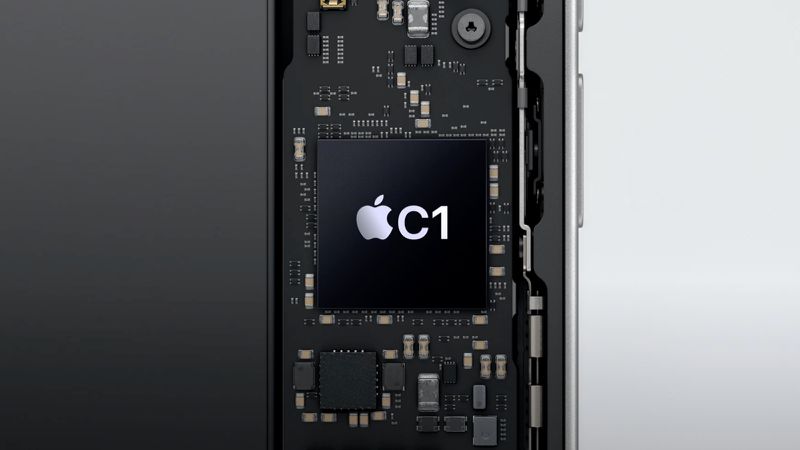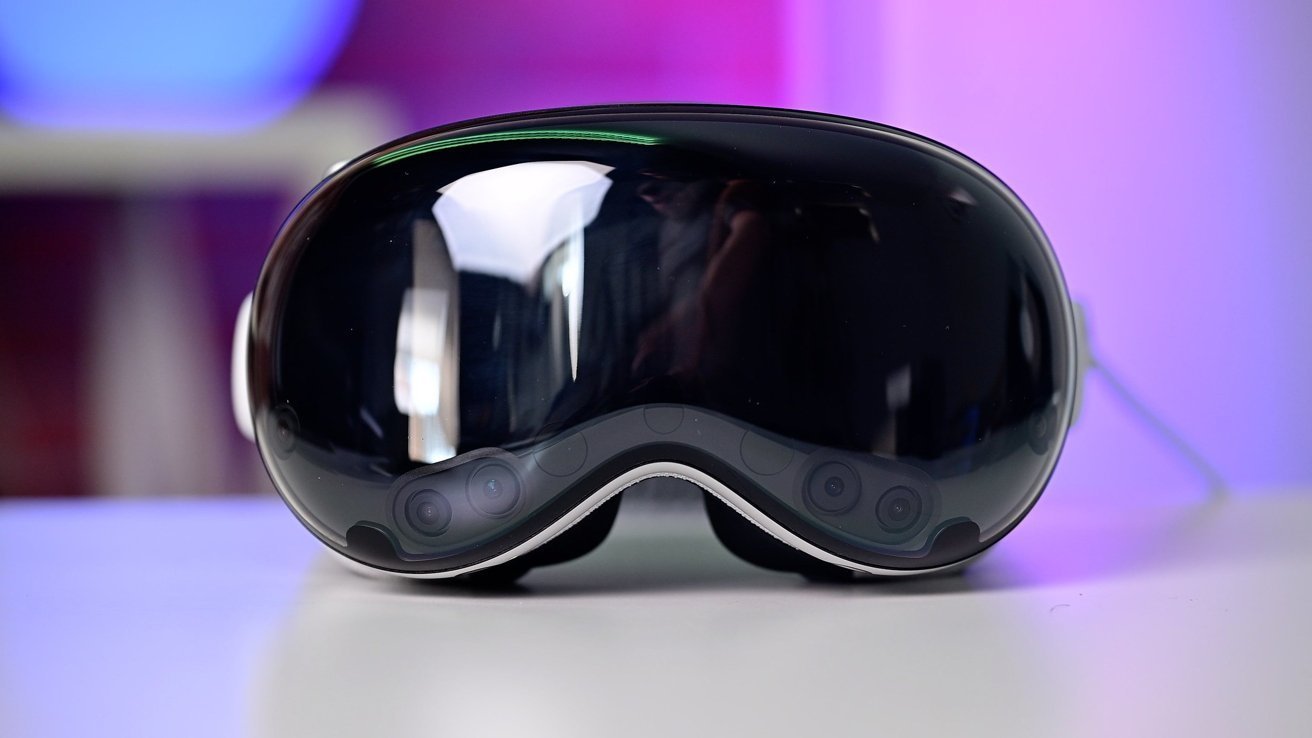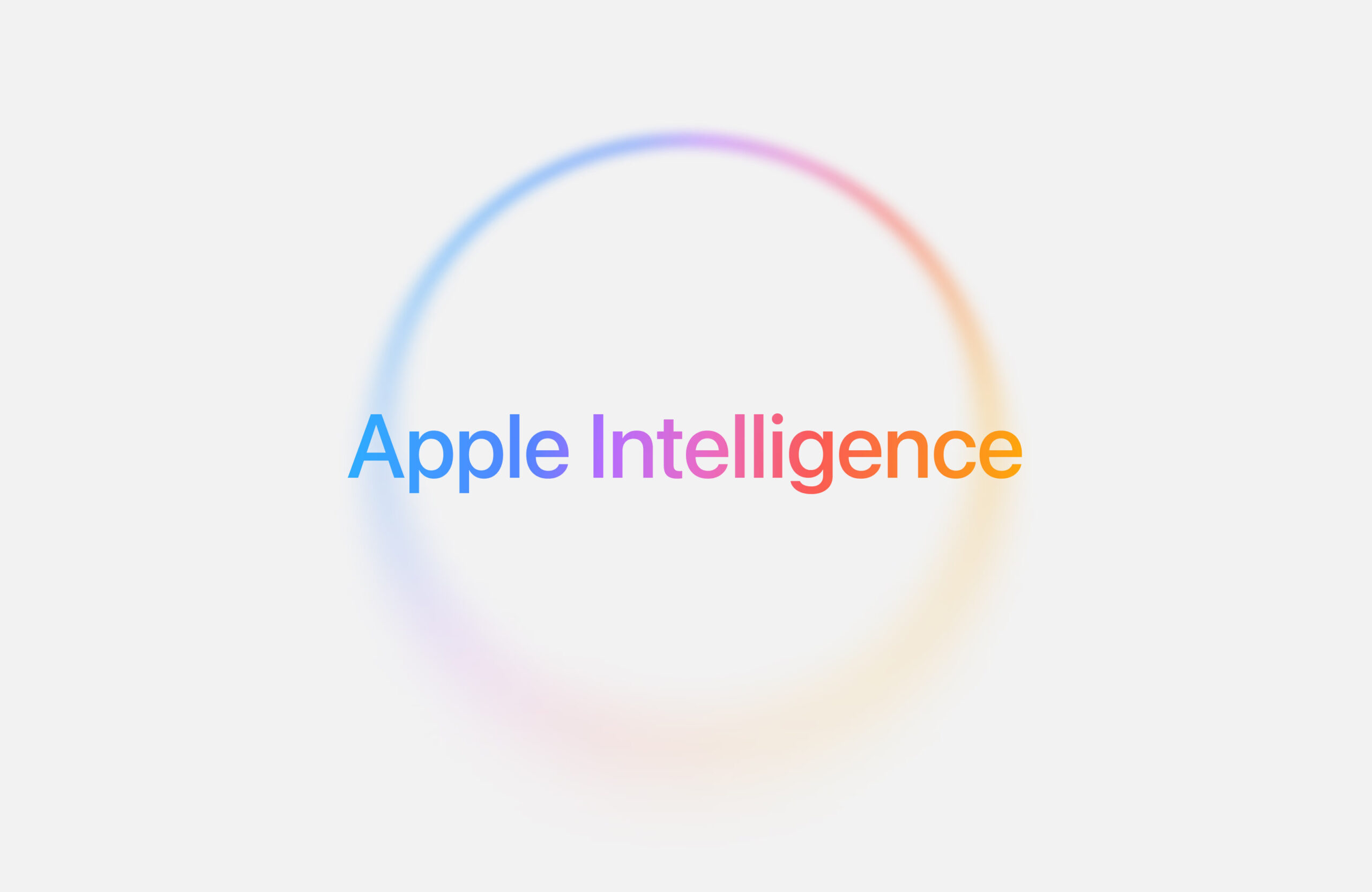Apple just revealed its budget-friendly iPhone 16e, and now everyone’s curious about what’s next. This spring, we’re expecting some exciting updates from Apple. Let’s dive into the products we’re pretty sure will get a refresh before the season ends. Plus, there’s a chance Apple might surprise us with something new!
M4 MacBook Air
The 13-inch and 15-inch MacBook Air laptops are getting a boost with the speedy M4 chip. Don’t expect a new look—the focus is all about power. Tech insider Mark Gurman says these refreshed MacBook Airs are “almost here,” likely hitting stores later this spring. With stock running low in Apple stores, the launch could be super close!
iPad Air
The iPad Air is up for an upgrade, possibly with an M3 or M4 chip. It might also come with a cheaper Magic Keyboard made for affordable iPads. Rumors are mixed—some say it’ll get the M3 (a bit older than the iPad Pro’s M4), while Gurman hints it could jump to the M4. A trusted source from January backs the M3 idea. No big design changes are expected, and Gurman says it’s coming soon.
Budget-Friendly iPad
Apple’s working on an 11th-generation iPad with a faster chip and Wi-Fi 6E support. It’ll likely include the new C1 modem chip from the iPhone 16e. Gurman reports it’ll run on the A17 Pro chip—found in the iPhone 15 Pro and iPad mini 7. This chip powers Apple Intelligence, so the iPad should have at least 8GB of RAM to handle those cool AI features. Shipments reportedly started in December, so it’s on the way!
Smart Home Hub
Apple’s cooking up a gadget to control your smart home, like a central “Command Center.” This iPad-style device might launch as early as 2025, per Gurman. But he also warns it could slip to later in the year because it needs updates from iOS 18.4 or iOS 19. Analyst Kuo predicts a release in mid-to-late 2025. For now, Gurman says it’s still a few months off. Spring’s shaping up to be a big season for Apple fans—stay tuned!





